In the heart of Modena, Italy, a culinary marvel takes shape through an age-old process steeped in tradition - the creation of traditional balsamic vinegar. At the core of this alchemical process lies the “batteria,” a set of wooden barrels that serve as the crucible for transforming grape must into the rich, complex elixir revered by gourmets across the globe. In this article, we will take a discerning journey through the time-honored practice of using balsamic vinegar batteries, unraveling the tapestry of craftsmanship and heritage that guides this intricate dance of maturation.
What is a Balsamic Vinegar Battery?

In it's simplest terms, a balsamic vinegar battery is a set of wooden barrels in which the balsamic vinegar will age, but in practice it's so much more. For the traditional Modenese production of balsamic vinegar, there are five barrels in progressively smaller sizes: oak, chestnut wood, cherry wood, mulberry wood, and juniper. Together, these five barrels represent a balsamic vinegar battery, in which balsamic vinegar is aged for set periods of time. As the balsamic vinegars age, they are transferred in order from barrel to barrel.
Aging Balsamic Vinegar in a Battery
As we mentioned above, the battery consists of five progressively smaller wooden barrels, each of which is instrumental to the production of authentic balsamic vinegar. Once a battery is put into production, the barrels are never again completely empty -- Acetaia Malpighi has never emptied a barrel in 175 years. Instead, a percentage of the barrel is withdrawn and added to the next barrel in the battery, ensuring the fermentation process never stops. Each year, the acetic acid from the vinegar causes the evaporation of around 10% of the product in each barrel, known as the Angel's share, and must be replaced.
To replace the evaporated product, the final barrel is filled with the barrel prior's content. This continues iteratively until the first barrel needs to be refilled, at which point additional grape must is added to the barrel to restart the process. Each year this process continues, and the losses are replaced while the product continues to mature. As the maturation process continues, the density of the vinegar increases and a more viscous product is created. After 12 years, the first product can be taken from the final barrel; after 25 years, the balsamic vinegar from the barrel can be labelled 'extravecchio', meaning 'extra old'.

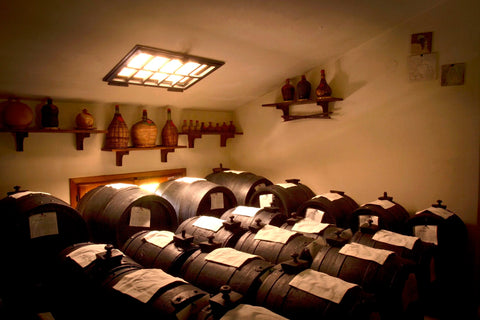
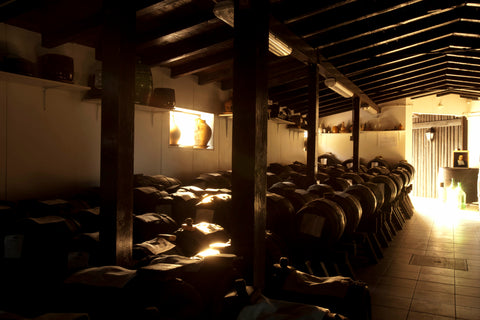
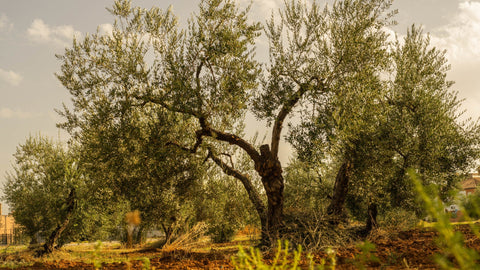

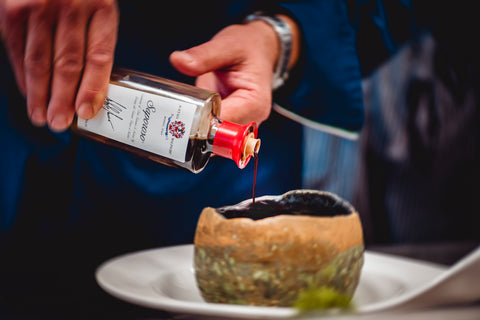
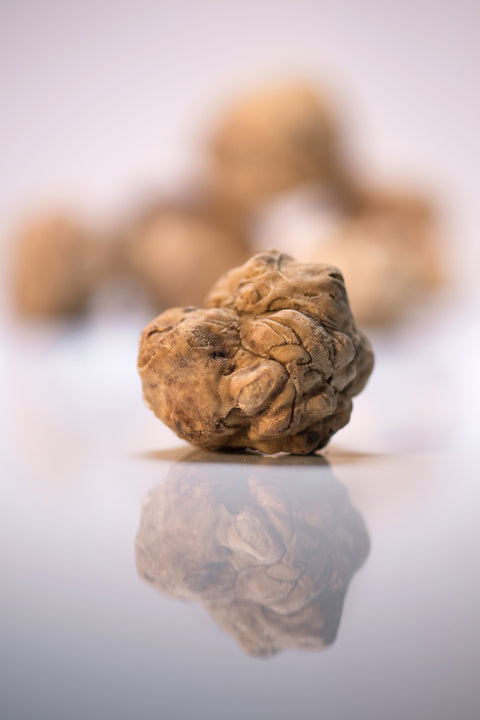
Comments (0)
There are no comments for this article. Be the first one to leave a message!